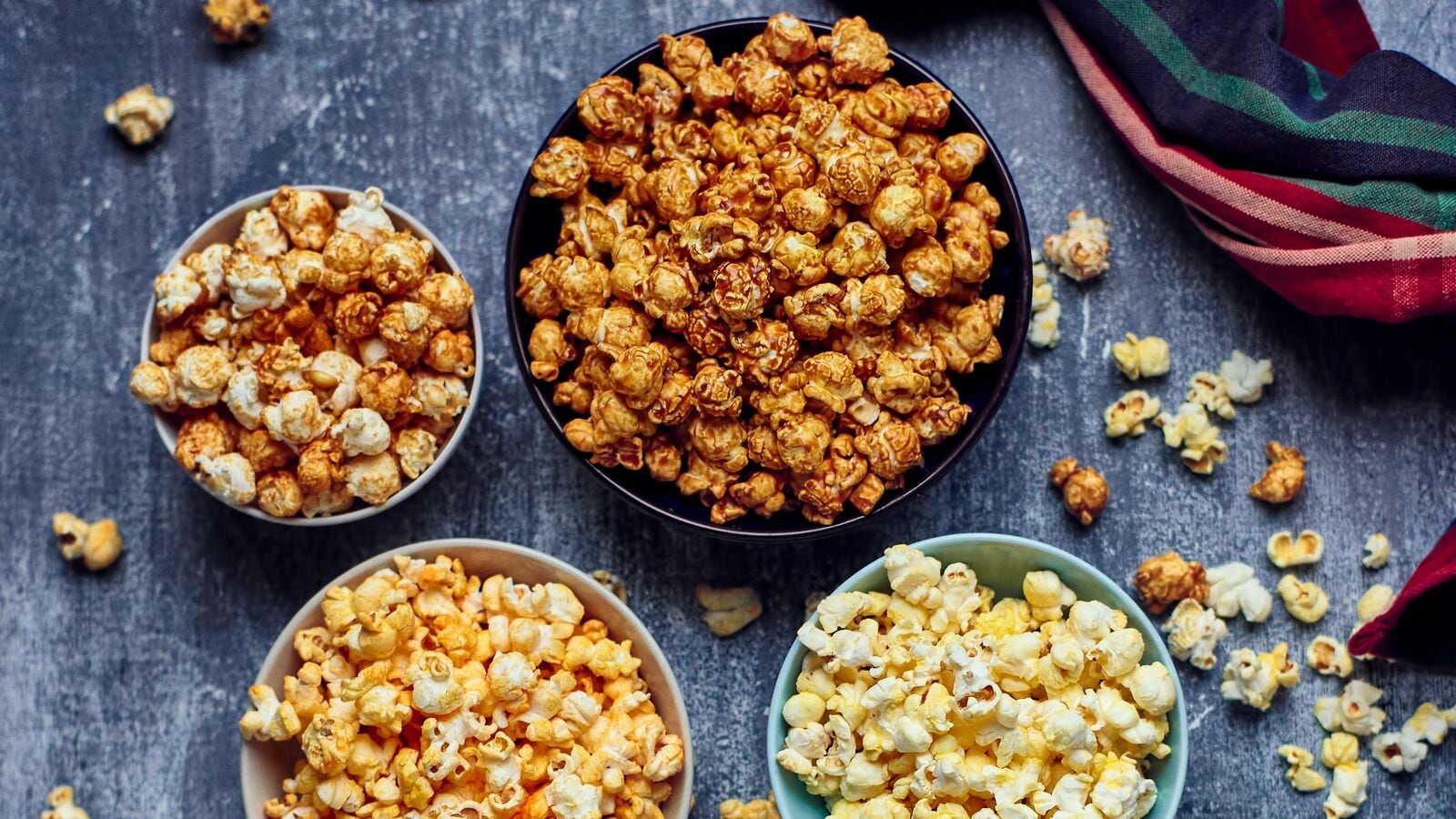Are businesses & GST authorities cashing in on the taste buds of Indian consumers?

A pinch of turmeric in milk or a sprinkle of caramel on popcorn may seem like simple indulgences. But under India’s Goods and Services Tax (GST) system, these “value additions” often invite a much higher tax rate. As food entrepreneurs innovate and package convenience into every bite, tax authorities seem equally inventive—serving up increasingly steep GST slabs in return.
One of the core objectives behind replacing India’s complex Excise and VAT regime with GST from 1 July 2017 was to eliminate the cascading effect of taxes on prices. This was largely achieved through the unification of various indirect taxes and the input tax credit (ITC) system, which allows businesses to claim credit on taxes paid for inputs—barring a few exceptions.
Yet, one persistent pain point under GST continues to plague all stakeholders—authorities, businesses, appellate bodies, and end consumers alike: the classification of goods and services.
Also read: Cess on that fancy car may go, but prices won’t budge. Here’s why.
India’s GST framework includes five major slab rates—0%, 5%, 12%, 18%, and 28%. It relies on the globally accepted Harmonised System of Nomenclature (HSN) to classify goods. The HSN is considered a scientific and exhaustive classification model. However, in India—where cooking styles, ingredients, preservation techniques, and seasoning vary widely—the HSN often falls short, especially for food items.
Startups stir the pot
The Indian startup ecosystem has further complicated things with its ever-evolving business models. In an age of convenience, consumers are increasingly turning to ready-to-eat packaged foods. So, a homemade chapati becomes a preserved, packaged ‘parotta’; plain makhana turns into a branded snack like ‘Mr. Makhana’; and corn kernels evolve into flavoured, caramelised popcorn.
Consider this: fresh milk is classified under HSN code 0401 and is exempt from GST. The same milk, when pre-packaged, falls under code 0402 and attracts 5% GST. Add a flavour to it, and GST authorities may push for classification under HSN 7310, slapping on a 12% rate—treating it as a beverage. So, a plain ₹60/litre milk that can be boiled and consumed becomes ₹30 for just 180ml when flavoured and bottled—and the taxman joins the flavour party too.
The same fate befalls humble Indian staples. Plain roti, chapati, thepla or even parotta—when fresh and unbranded—are taxed at 5% under HSN 1905. But if you pre-pack and preserve a Malabar parotta, it could fall under an 18% slab, as contested and upheld by GST authorities.
Popcorn is yet another victim. Loose, unbranded popcorn attracts just 5% GST. Add packaging and some savoury seasoning, and the rate jumps to 12%. Caramelise it? That’s an 18% tax delight.
Also read: Small businesses bleed cash as GST kicks in before payments
Taxing the taste
Such examples reveal an emerging pattern—where the GST department seems to mirror the playbook of food marketers: extract more for every add-on. For startups and consumers alike, every extra layer—be it taste, texture or shelf life—comes seasoned with higher tax slabs.
So the next time your taste buds crave that flavoured milk pouch or caramel popcorn tub, remember: every flavour comes at a fiscal cost. In India’s GST regime, your snack’s seasoning may be just the start—the real flavour punch could be the one from the tax code.
Also read: GST mop-up: The signals for India’s economy & taxes
Mayank Mohanka is founder of TaxAaram India and a partner at S.M. Mohanka & Associates.







